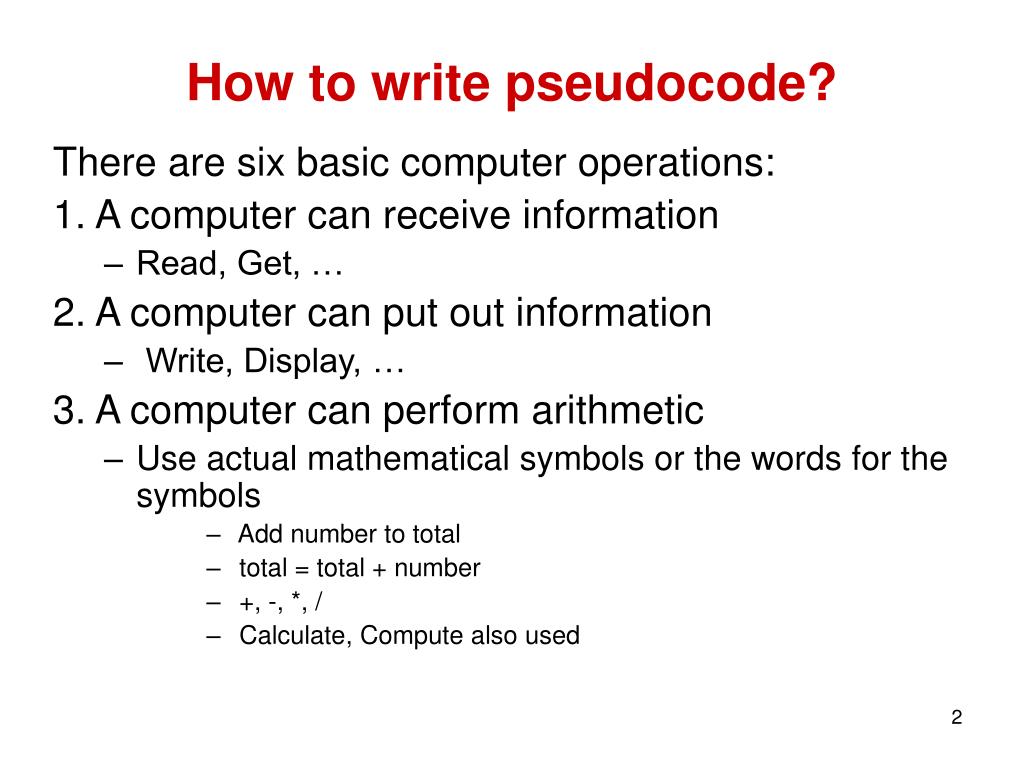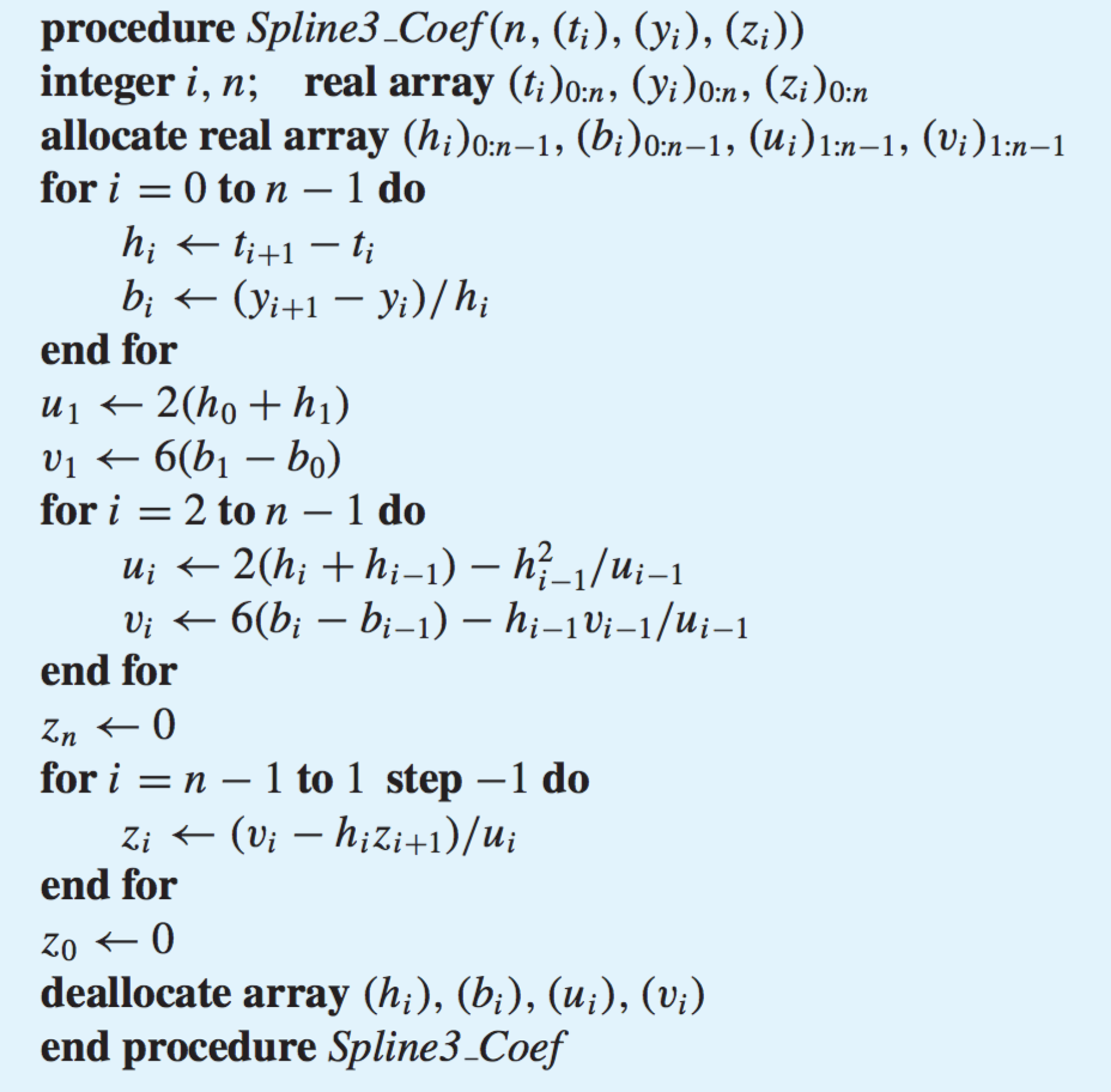


After all, college is an eye-opening experience for most students. "Arguments" are lists of variables that you can use to clarify the instruction.If you’re suddenly wondering, “Can someone do my paper for me?”, there’s likely a very good reason for that.

function NAME (ARGUMENTS): INSTRUCTION - This means that every time a certain name is used in the code, it is an abbreviation for a certain instruction.In the first case, the condition is checked before the instruction is conducted, but in the second case the instruction will be conducted first thus, in the second case, INSTRUCTION will be conducted at least one time. do INSTRUCTION while CONDITION - This is very similar to "while CONDITION do INSTRUCTION".while CONDITION do INSTRUCTION - This means that the instruction should be repeated again and again until the condition is no longer true."Instruction", in this case, means a step that the program will perform, while "condition" means that the data must meet a certain set of criteria before the program takes action. if CONDITION then INSTRUCTION - This means that a given instruction will only be conducted if a given condition is true.Use terms like "if", "then", "while", "else", and "loop" the same way that you would in your preferred programming language. Even if there is no standard for pseudocode, it will be easier for other programmers to understand your steps if you use structures from existing (sequential) programming languages. If you are developing a program with other coders, you may find that pseudocode helps make your intentions clear. High-level software architects will often include pseudocode in their design process to help solve a complex problem they see their programmers running into. Computers need a very strict input syntax to run a program, but humans (especially non-programmers) may find it easier to understand a more fluid, subjective language that clearly states the purpose of each line of code. Explaining a computing process to less-technical users.Pseudocode can illustrate where a particular construct, mechanism, or technique could or must appear in a program. Describing how an algorithm should work.Some other uses of pseudocode include the following: Coders often use pseudocode as an intermediate step in programming in between the initial planning stage and the stage of writing actual executable code. Pseudocode is used to show how a computing algorithm should work.


 0 kommentar(er)
0 kommentar(er)
